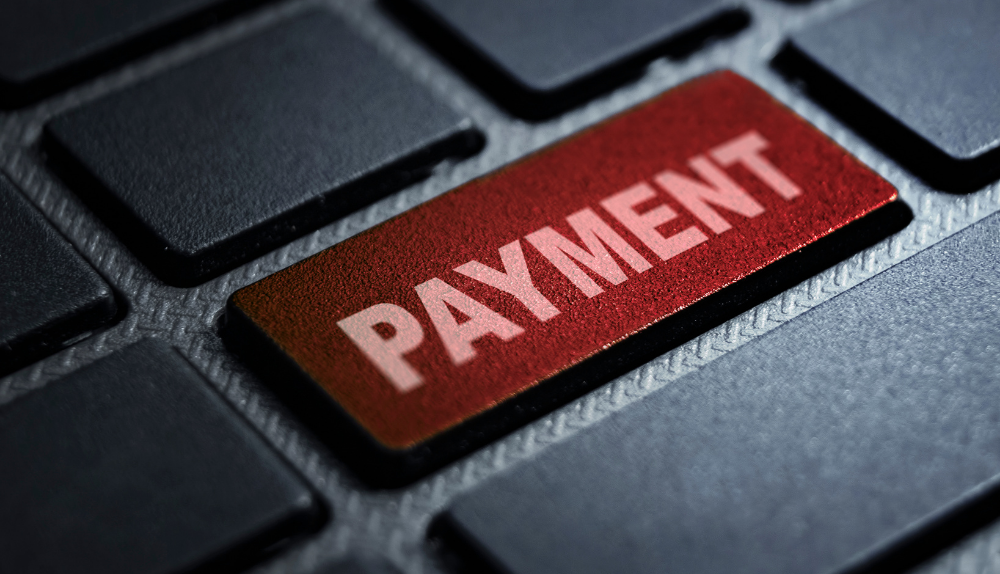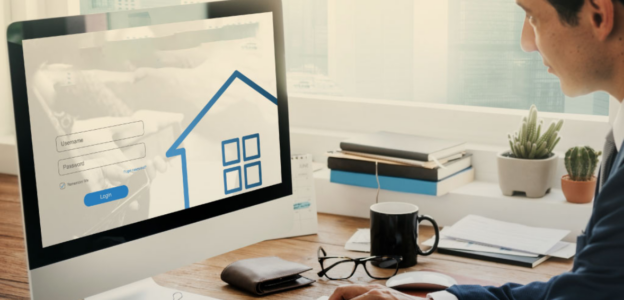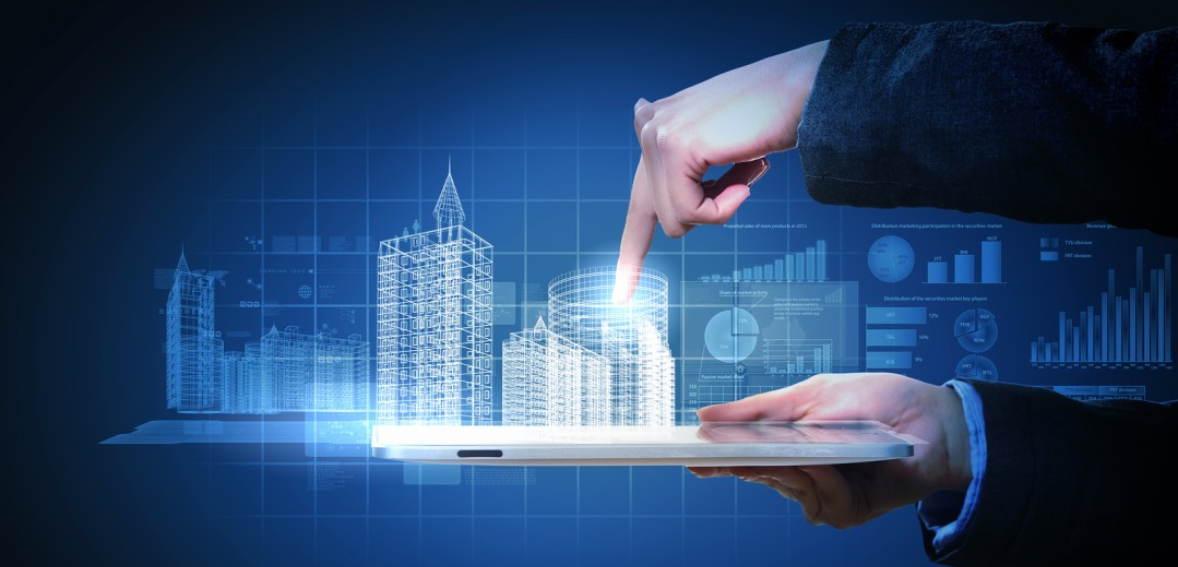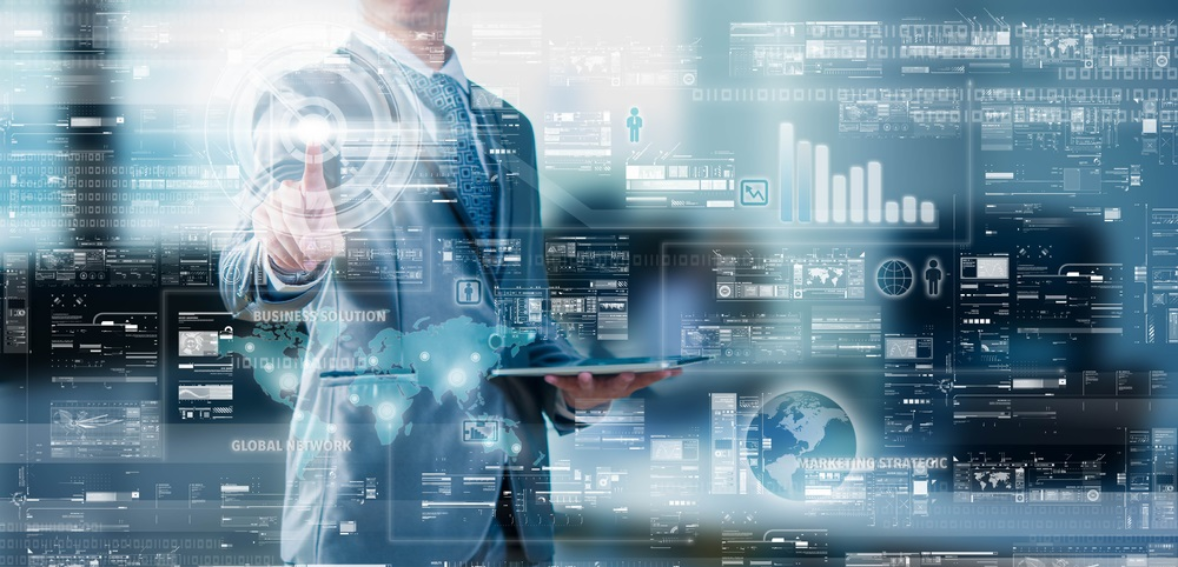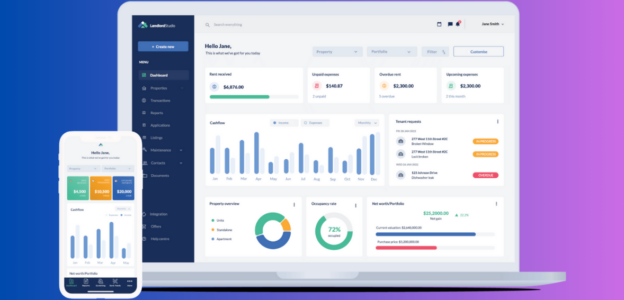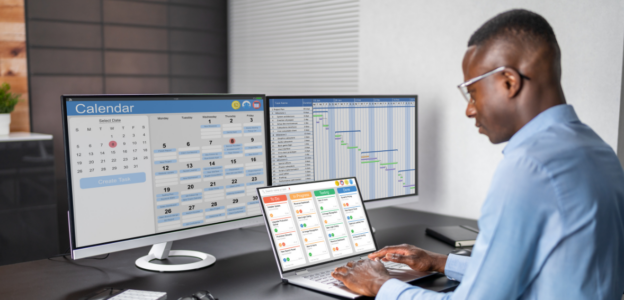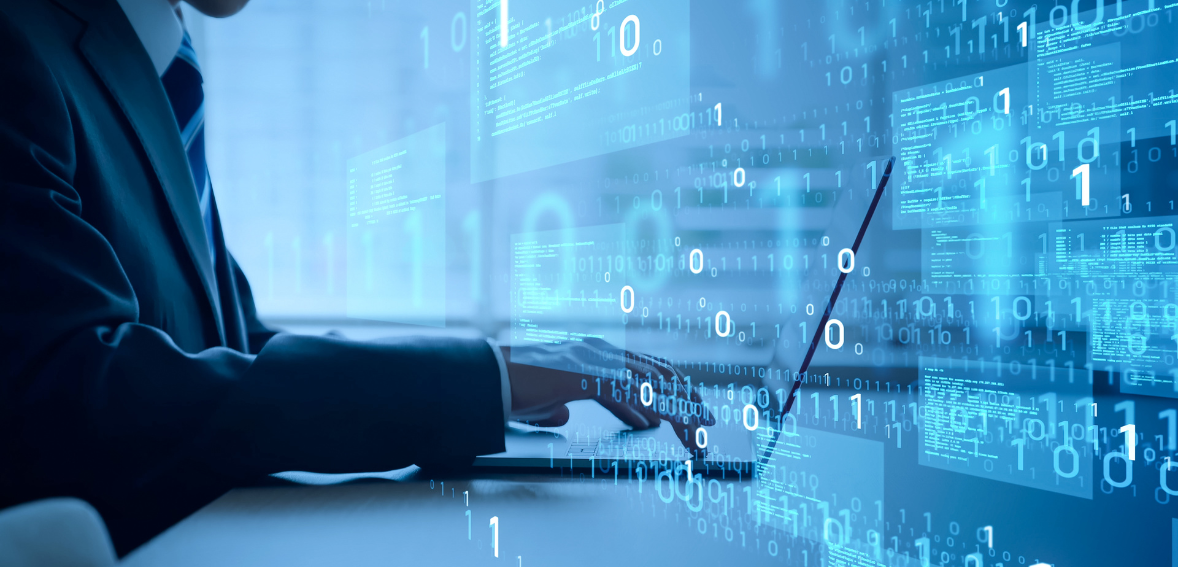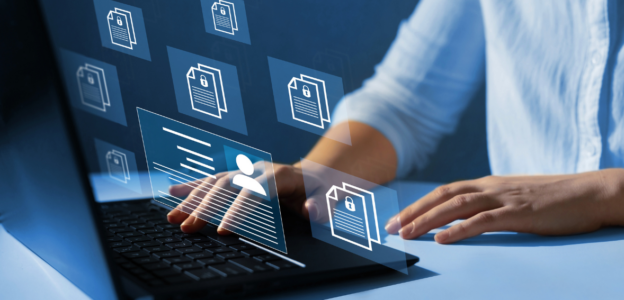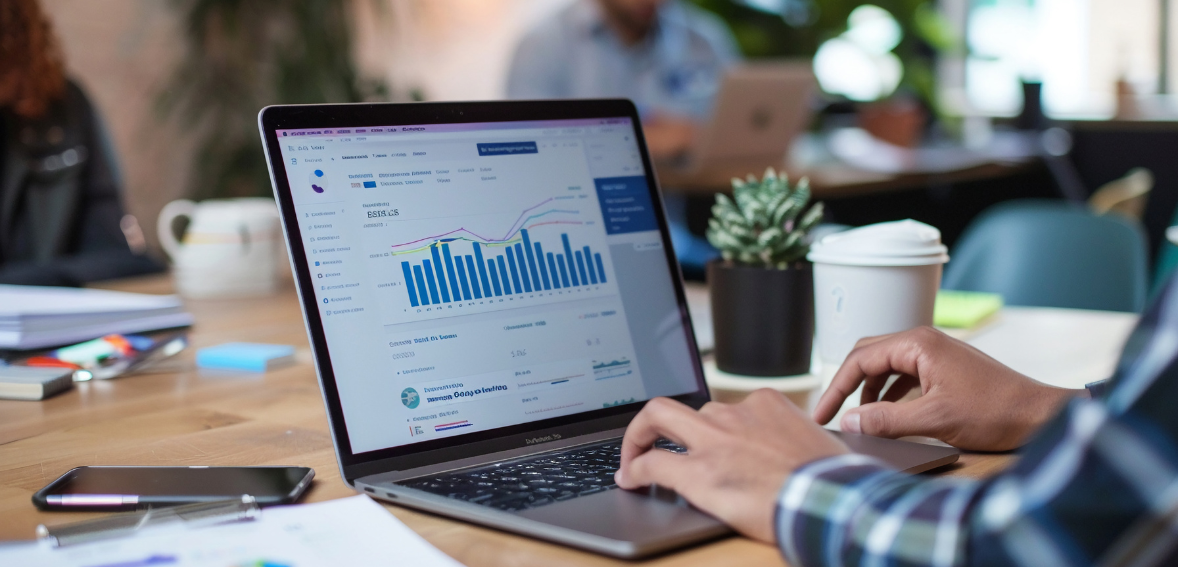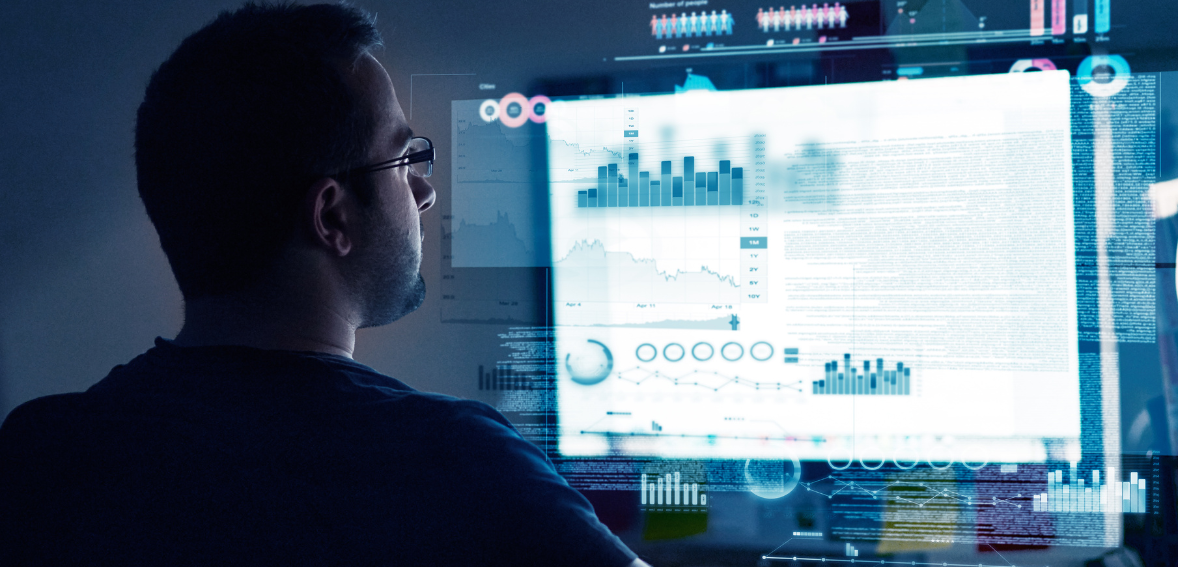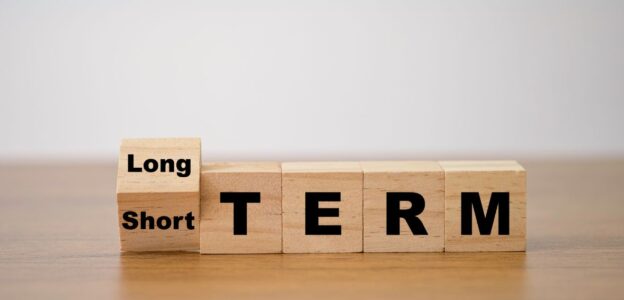Just as a well-organized dashboard is crucial for a driver, a robust rent ledger is essential for landlords. This specialized accounting system provides real-time insights into rental income, expenses, and tenant accounts. By tracking rent payments, late fees, and other financial transactions, a rent ledger empowers landlords to make informed decisions and ensure the smooth operation of their rental businesses.
In the following article, we’ll explore the intricacies of rent ledgers and how to utilize them to optimize your rental property management effectively.
What Is a Rent Ledger?
A rent ledger is a detailed record that documents all tenant rental payments throughout a lease agreement. It serves as a comprehensive financial diary for a rental property, recording each transaction related to rent, including payments, late fees, and other charges. A rent ledger functions like a bookkeeping ledger but is specifically tailored for managing rental income and expenses.
These ledgers can exist in two primary formats: physical and digital, each with distinct advantages and disadvantages.
Physical Rent Ledgers
Traditionally, rent ledgers were maintained as physical documents. This could involve a simple notebook, a pre-printed ledger book, or index cards. Entries are made manually, and dates, payment amounts, payment methods (cash, check, money order), and any outstanding balances are recorded.
A physical ledger’s primary advantage is its tangible nature. It provides a readily accessible, hard-copy record that some landlords find reassuring. A physical ledger can be a practical solution in areas with limited internet access or for those less comfortable with technology.
However, physical ledgers are highly susceptible to damage or loss due to fire, water, or misplacement. Manual entry increases the risk of human error, making it difficult to ensure accuracy. Storage can become an issue over time as records accumulate. Sharing information with tenants or other parties requires photocopying or in-person review. Furthermore, generating reports or analyzing trends is a laborious manual process.
Digital Rent Ledgers
Modern technology offers digital rent ledgers, electronic records stored on computers, dedicated software, or cloud-based platforms. These systems provide a range of functionalities beyond simple record-keeping.
Digital ledgers offer significantly enhanced security through password protection, data encryption, and regular backups, mitigating the risk of loss or damage. Automated calculations minimize errors and provide real-time tracking of rent payments, outstanding balances, and late fees. Many platforms offer features like automated rent reminders, online payment processing, and report generation.
This streamlines rent collection, reduces administrative burden, and provides valuable insights into rental income and tenant payment behavior. Digital records can be easily shared electronically with tenants, accountants, or legal representatives, facilitating transparency and efficient communication. In disputes, digital records are more readily admissible as evidence in court than potentially altered or damaged physical records. Cloud-based solutions offer accessibility from anywhere with an internet connection, providing flexibility for landlords managing properties remotely.
However, using new software can involve a learning curve. Some software solutions involve subscription fees, adding to the cost of doing business, though many affordable or even free options exist. Data security is paramount; choosing a reputable software provider with robust security measures is crucial to protecting sensitive financial information.
Hybrid Solutions and Software Integration
Some software solutions offer a hybrid approach, allowing for digital record-keeping and the generation of printable reports or statements that can serve as physical backups. This can benefit landlords who prefer the reassurance of a physical copy while still leveraging the advantages of digital management.
Integration with other property management tools, such as accounting software or tenant screening services, further enhances efficiency and provides a comprehensive view of rental operations.
Why Do You Need a Rent Ledger?
- Clear Way to Track Payments:
A rent ledger provides a clear, chronological record of when payments are made, which can be vital for landlords and tenants to ensure that all parties understand payment status. This clarity helps in preventing disputes regarding missed or late payments.
- Evidence of Payment:
A rent ledger is a tangible proof that payments have been made. In cases of eviction or disputes over payment, this document can be crucial in court to demonstrate compliance with lease terms.
- Monitor Lease Term:
By maintaining a rent ledger, landlords can easily track the progression of a lease term, ensuring they are aware of when renewals or terminations are due. This helps in planning property management strategies.
- Track Security Deposits:
The ledger can include details on security deposits, documenting the initial deposit, any deductions for damages or unpaid rent upon tenant move-out, and the return of the remaining balance. This transparency is key in avoiding conflicts over deposit returns.
- Identify Opportunities for Growth:
Analyzing a rent ledger over time can reveal patterns in payment behaviors, tenant retention, and the property’s overall financial performance. Landlords can use this information to adjust rental rates, improve tenant management strategies, or plan property expansions.
Rent Ledger vs. Rent Roll: Understanding the Key Differences
While often used interchangeably, rent ledgers and rent rolls serve distinct purposes in property management. A rent ledger is a detailed financial record for each tenant, tracking rent payments, late fees, security deposits, maintenance costs, and other charges. These ledgers are crucial for financial tracking, tenant accountability, legal proceedings, and tax preparation.
On the other hand, a rent roll provides a comprehensive overview of a property’s rental units, including unit information, tenant details, rental income, vacancy status, and lease expiration dates. Rent rolls are essential for property valuation, financial forecasting, portfolio management, and investor reporting.
While both tools are valuable for property managers, rent ledgers focus on individual tenant accounts and financial transactions. In contrast, rent rolls provide a high-level view of the property’s overall performance. Both can help property managers optimize operations, maximize rental income, and minimize potential risks.
What Information Do Rent Ledgers Contain?
A rent ledger provides a detailed record of all financial transactions related to a rental property. It typically includes the following information:
- Tenant Name: The full legal name(s) of the individual(s) or entity responsible for the lease agreement.
- Property Address: The complete address of the rental unit, including street address, city, state, and ZIP code.
- Rent Amount: The agreed-upon monthly or weekly rent amount.
- Due Date: The specific date on which rent payments are expected to be made each month or week.
- Payment Date: The actual date on which each rent payment was received.
- Payment Amount: The exact amount of rent paid in each transaction.
- Payment Method: The method used for payment (cash, check, online transfer, etc.).
- Receipt Number: A unique identifier for each payment, if applicable.
- Balance: The current balance of the tenant’s account reflects any outstanding rent, late fees, or security deposits.
- Late Fees: Any additional charges imposed for late rent payments.
- Other Fees: Any other fees or charges that may apply, such as pet fees, utility charges, or administrative fees.
- Specific Notes: A section for recording relevant notes or comments, such as maintenance requests, lease violations, or essential communications with the tenant.
How to Create a Rent Ledger?
- Select the Right Tool for Your Needs
For small-scale landlords, a simple notebook or pre-formatted ledger book might suffice. However, spreadsheet software like Microsoft Excel or Google Sheets can be a valuable tool for larger operations or those seeking automation. Customizable templates allow you to input data and automatically calculate balances.
For even greater efficiency, property management software like Buildium, AppFolio, or Rentec Direct can automate many aspects of ledger management, including reminders, reporting, and integration with payment systems.
- Structure Your Ledger Effectively
Start by creating headers for each information you need to track, such as tenant name, property address, rent amount, and payment dates. Then, input the initial tenant and property information at the beginning of the ledger.
- Maintain Accurate and Timely Records
Update your ledger promptly once a payment is received to ensure accuracy. Double-check all entries to avoid errors that could lead to disputes or miscalculations.
- Conduct Regular Reviews
Review your ledger monthly to verify that all payments are recorded and to address any discrepancies immediately. At the end of each year, summarize the ledger to gain insights into financial performance and tenant behavior over time.
- Prioritize Backup and Security
If you use digital tools, ensure regular backups to prevent data loss. Store physical ledgers in a safe, lockable place. Consider creating digital scans for added security.
- Build Transparency with Tenants
Provide tenants with access or summaries of the ledger if they request it. This enhances transparency, builds trust, and fosters a positive landlord-tenant relationship.
Example of a Rent Ledger Entry
| Date | Payment Date | Description | Payment Amount | Payment Method | Late Fee | Balance Due | Notes |
| 2024-07-01 | 2024-07-01 | Rent Payment | $1,500 | Check | $0 | $0 | Check #1234 |
| 2024-08-01 | 2024-08-05 | Rent Payment | $1,500 | Online Transfer | $50 | $50 | Paid 4 days late, late fee applied. |
| 2024-09-01 | 2024-09-01 | Rent Payment | $1,500 | Cash | $0 | $0 | Receipt #5678 |
Conclusion
Maintaining an accurate rent ledger is essential for successful rental property management. Regardless of the format—whether traditional, digital, or a combination of both—the primary goal is to create a clear and accessible account of all financial transactions related to each tenancy. A well-maintained rent ledger is vital for various reasons: it helps track payments, provides evidence in legal situations, monitors lease terms, manages security deposits, and reveals growth opportunities.
By meticulously recording tenant information, payment methods, balances, and applicable fees, landlords can enhance transparency with tenants, reduce disputes, and gain insights into their rental business’s financial well-being. Ultimately, investing time in developing and regularly updating a rent ledger results in smoother operations, improved financial control, and a more positive landlord-tenant relationship.
Frequently Asked Questions
Reconcile by comparing ledger entries with bank deposits, checking for timing differences, fees, or data entry errors. For significant errors, meticulously document everything and consult an accountant or lawyer if needed.
Record partial payments clearly in the ledger, noting the amount and remaining balance. Accepting partial rent can sometimes waive eviction rights, so understand your local laws and consult legal counsel if necessary.
Analyze payment trends, average rent, vacancy periods, and late fees to project income and budget effectively. Combine this with expense data to make informed rental rates, marketing, and property improvement decisions.



